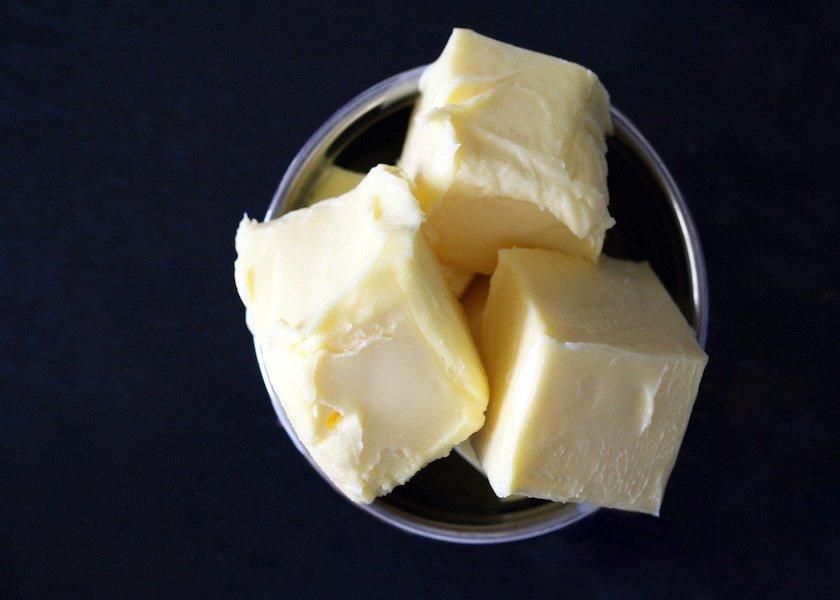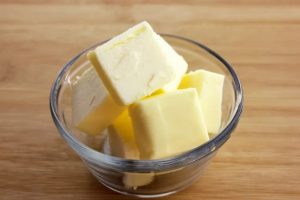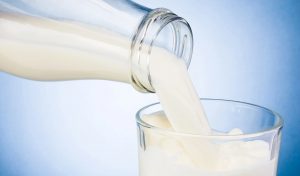
Compared to food inflation at 9.4% YoY and inflation of all products at 8.2% YoY on the Consumer Price Index, butter prices rose 16% YoY in April.

With ongoing butter shortages, historically high butter prices are all but certain to continue for the remainder of 2022. Prices have responded to the dwindling supplies as demand shifts. U.S. butter prices traded on the CME have risen 27.3% YTD, helping lift prices for Class IV milk (which is used for butter and powder) above prices for Class III (for cheese and whey) and to new record highs for mailbox milk prices paid to farmers.

While high butter and milk prices are good news in the short term for producers, it’s a problem in the long run. Consumers may be forced to shift to lower-cost store brands, or to butter alternatives like margarine, shortening, and vegetable oils as they face a double whammy of high butter prices right as inflation has muted their spending power. Demand could also deteriorate as consumers buy smaller quantities.
In an interesting twist, butter supplies have tightened despite the highest levels of butterfat production ever in the U.S. milk supply. U.S. butterfat production in 2011 totaled 7.28 billion lbs., with 9.1 million cows producing milk at 3.71% butterfat. By 2021, it had reached 9.07 billion lbs., with 9.4 million cows producing milk at 4.01% butterfat. Changes in cow genetics, dairy cow rations, and herd management have successfully promoted production of butterfat and protein. However, this doesn’t make up for rising demand for higher-fat dairy products, including butter.
Why is butter in short supply?
Increasing costs. U.S. dairy farmers and butter processors are struggling to increase production, thanks to high costs of feed, energy, heifers, and labor. With milk and cream supplies expected to remain tight, competition for scarce milk will put cheese makers at a disadvantage to butter manufacturers that are better positioned to pay higher prices for milk. Especially with Class IV milk now priced well above Class III, cheese processor margins will be squeezed, resulting in slower cheese production. At current price levels, cheese makers will not want to build excess inventories for the months ahead, which will make more milk available for butter churns.

Less milk and tight labor. Some churns are slowing production due to tight U.S. milk supplies and short staffing at plants. U.S. milk production in April totaled 19.15 billion pounds, down 1% YoY. Labor shortages at butter plants have aggravated existing supply issues; Dairy Market News noted that total output at some butter plants has fallen 15%-20% due to shortages in staffing.
More demand for cream. U.S. consumers have shifted their dairy product preferences, putting more demand pull on tight cream supplies. The demand for fluid milk, particularly skim milk, has further declined as consumers eat more milk equivalents per day in the form of cheese and other dairy products. Consumers are also seeking premium fluid milk products, such as organic, lactose-free, A2A2, or filtered milk, or trading up milkfat levels from skim to 2% or whole milk. The demand conversion from fluid milk to American cheese production and other high-fat dairy products has increased the competition for available butterfat, further straining supplies.
Export demand. Resilient export demand is further tightening the U.S. butter balance sheet. The U.S. traditionally is a net importer of butter from countries like Ireland. But through most of 2021 and into 2022, the U.S. has shipped out more butter than it has brought in from foreign producers, as lofty global butter prices make U.S. butter a bargain on the export market. U.S. butter export shipments are now the strongest since 2014 record levels, with Canada, Mexico, the Middle East and South Korea the key destinations.

Record high butter prices in Europe in particular are the driver for the new export demand for U.S. butter. Constrained milk production in New Zealand and Europe due to weather issues, higher feed costs related to Russia’s invasion of Ukraine, and sustainability initiatives to reduce greenhouse gas emissions from agriculture have limited milk and cream supplies available for butter production, thereby lifting prices globally to record highs.
How about rebuilding butter stocks?
Butter inventories in cold storage grew this spring grew only half as much as they should — by 16.8 million pounds, or 6%, from March to April, compared to the normal five-year average increase of 33.2 million pounds. Compared to 2021, U.S. butter inventories are down 23.2% with concerns growing of tighter butter supplies for the second half of the year when butter demand peaks during the holiday season.
Rebuilding stocks later in the year is unlikely. Peak U.S. butter production happens during the “spring flush,” which is now ending. Stocks typically decline through the remainder of the year following the spring build-up. Production in the first quarter of 2022 fell 5.0% YoY to 580.1 million lbs.
Ultimately, retailers like Walmart have already noted greater price consciousness among grocery customers who are trading down from brands to cheaper private labels, and reducing volumes of purchases, including butter. Restaurant traffic is also slowing. OpenTable is reporting a 3.6% YoY decline in restaurant reservations as consumers patronize more affordable fast-casual and quick-serve dining options — which use less butter than white tablecloth restaurants.
























